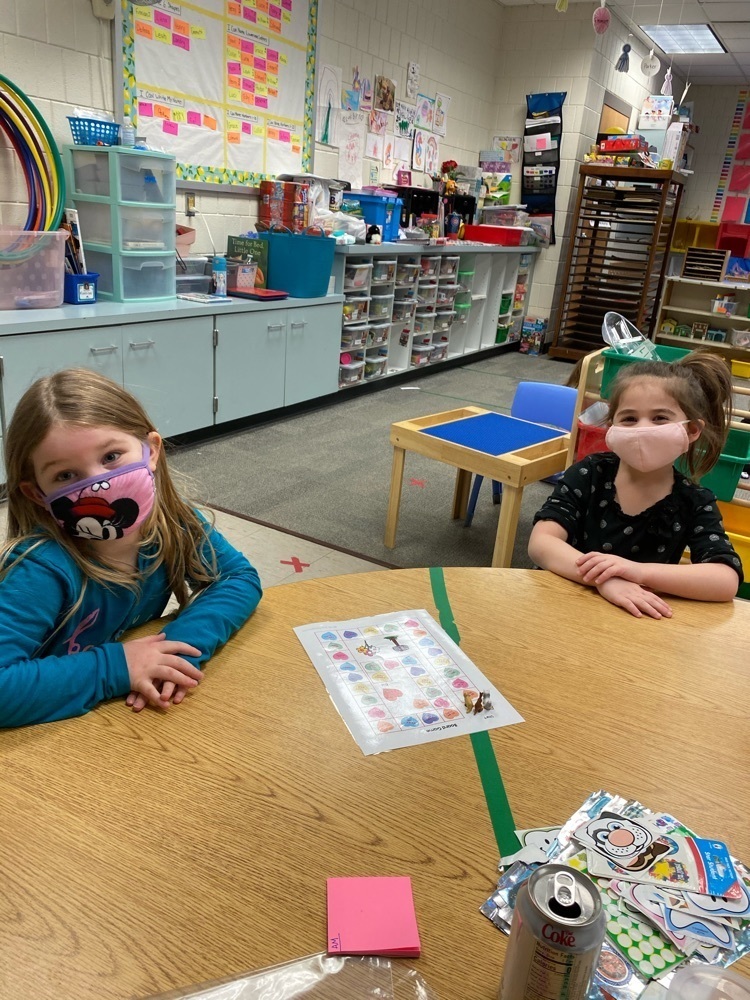2nd Graders practiced their speaking and listening skills by
sharing their animal habitat research and diorama projects!

First graders love learning about plant superpowers with Mystery Doug!

bit.ly/OlyCBB
Teaching kids character strengths and life skills such as empathy is one of the most important jobs of being an adult. These great books for all ages help make it easier by celebrating friendship, difference, and the importance of caring for one another.

Family Tip 4: Encourage upstanding.
Let kids know that supporting someone who is being bullied can make a big difference. If they feel safe confronting the bully, they should. If not, a PM can help someone through a tough time. Speaking up against hate speech is important too!

2nd Graders presenting their habitat projects!

Video: bit.ly/OlyCBV6
Cyberbullying is something most families hope they never have to deal with. But if your kids are texting, sharing photos, and posting comments, it’s important to talk to them about how to deal with online harassment. Learn 5 ways to stop cyberbullies.

Family Tip 3: Role-play.
If kids feel like they might have trouble removing themselves from digital drama, experiment with some different ways they can make a graceful exit. Talk through words they can use, ways they can steer conversations in positive directions, etc.

Third grade learning to discuss different points of view by studying “Henry’s Freedom Box”

First graders are tired, but happy, after Jump Rope for Heart earlier today!

Every year students in Mrs Braffet's PE classes participate in The American Heart Association's Kids Heart Challenge. Students
raise donations for the American Heart Association which conclude with an all school Jump Rope for Heart event. This year's event will take place on two days during their PE times, this Wednesday & Thursday February 10 & 11th. Every year our school shines and exceeds our expectations.
Please show your support for The American Heart Association by donating to Heart.org/KHC look for Olympia West School.

Video: bit.ly/OlyCBV2
As kids grow, they'll naturally start to communicate more online. But some of what they see could make them feel hurt, sad, angry, or even fearful. Help your students build empathy for others and learn strategies to use when confronted with cyberbullying.

Family Tip 2: Check in about online life.
Just like you'd ask your kid about their sleep, exercise, and eating, stay on top of their online life. Who are they chatting with? How do people treat each other in the games and on the sites they're using?

3rd grade did an amazing job with their book talks today!




Pre-K has been building their counting skills by playing board games.

First graders got to sit down and read one-on-one with their teacher today. They are growing into amazing readers!

First graders are setting new goals for the month of February! #powerofyet

Video: bit.ly/OlyCBV1
Let's face it: Some online spaces can be full of negative, rude, or downright mean behavior. But what counts as cyberbullying? Help your students learn what is - and what isn't - cyberbullying, and give them the tools they'll need to combat the problem.

Pre-K students are learning about community helpers!


First grade took advantage of the sunshine and took a walk on Wednesday!

Fourth grade poets are sharing their poetry collections with their peers.

